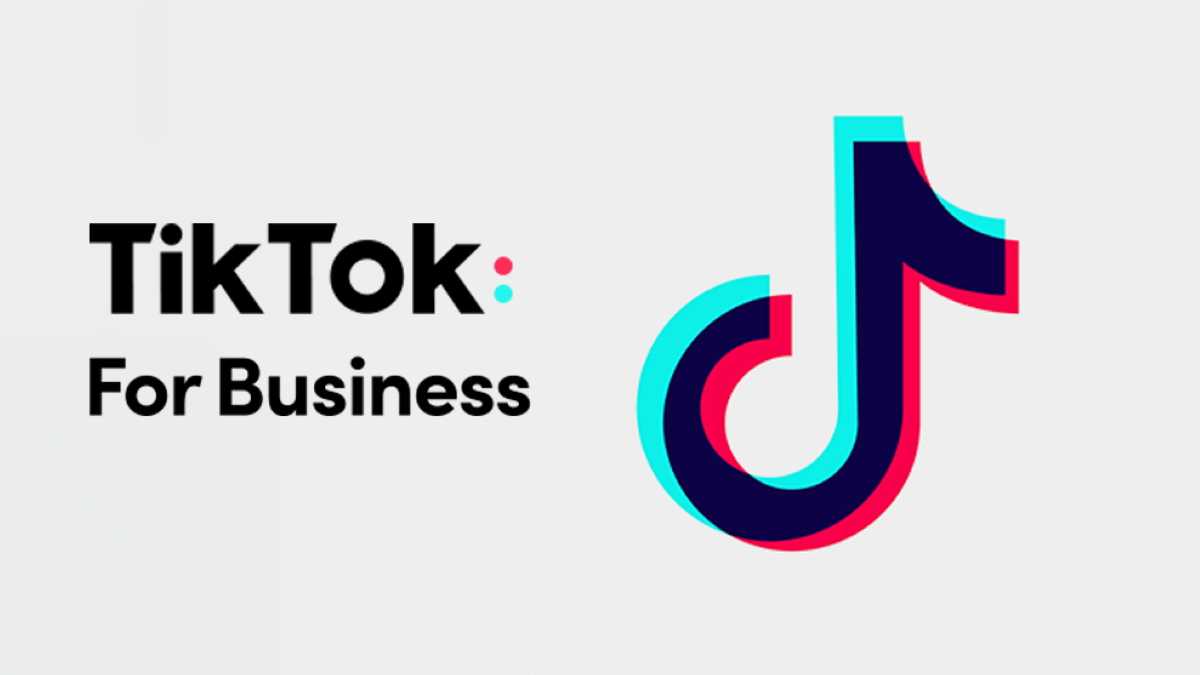One of the keys to survival for any small-business owner is planning for taxes. It can make the difference between receiving a big, unexpected tax bill—which can put a painful or even fatal dent in a new business—or going on to future success and prosperity.
The US federal government provides for a variety of tax deductions and credits that can reduce the bite taxes take out of your small business. One of the most important things for any small-business owner to understand is the general business credit.
Shortcuts
- What is the general business credit?
- Which tax credits does the general business credit include?
- Limitations of the general business credit
- How to file the general business credit
What is the general business credit?
The general business credit (GBC) isn’t actually any one single tax credit. Instead, it’s the combined value of all the individual tax credits the owner(s) of a business claims during the current tax year—which can range from where you choose to do business to whom you decide to hire.
It’s important to note that the GBC is a credit, not a deduction. A deduction reduces the amount of income subject to taxation, while a credit reduces the tax owed, even after deductions are taken. The GBC is a nonrefundable tax credit, meaning it can only go so far to reduce your tax bill. Once your tax bill hits zero, any credit in excess is forfeited, meaning you won’t get a tax refund from Uncle Sam.
Which tax credits does the general business credit include?
The US Internal Revenue Service (IRS) recognizes more than 30 individual general business tax credits. Some of the more popular credits include:
- Investment credit (Form 3468). This is for businesses that own real estate and make upgrades to increase energy efficiency and reduce emissions.
- Work opportunity credit (Form 5884-C). The work opportunity credit is available to businesses that hire individuals from groups that face significant barriers to employment, such as veterans, former prisoners, or those who receive government financial assistance.
- Small employer health insurance premiums credit (Form 8941). This credit is available to small businesses that provide health insurance to employees.
- Employer credit for paid family and medical leave (Form 8994). This credit is available to businesses that offer employees paid leave for family or medical issues.
- Disabled access credit (Form 8826). This credit is for businesses that incur expenses for providing access to employees or customers with disabilities, such as installing a wheelchair ramp.
- Employer-provided child care facilities and services credit (Form 8882). This credit is for businesses that provide on-site child care for employees, or fund in whole or in part employee off-site child care services.
- Employer credit for Social Security and Medicare taxes paid on employee tips (Form 8846). This credit is mainly available to food and beverage service businesses that pay federal taxes on server tips.
- Empowerment zone employment credit (Form 8844). This credit is available to businesses located in an IRS empowerment zone (usually economically distressed communities) that hire employees residing in the same zone.
Limitations of the general business credit
The benefits of the general business credits are not endless. If you manage to reduce your tax liability to zero using the GBC, you won’t receive any tax refund. Likewise, there’s a limit to the total general business credit that can apply to your business in a given tax year, although this varies from one business to another.
The other rules governing how the GBC works are complex, and the help of a tax professional often is needed. According to the US tax code, the GBC for any given taxpayer can’t be more than the excess of net income tax liability, or whichever is greater: (1) the tentative minimum tax for that tax year, or (2) 25% of the taxpayer’s net regular tax liability in excess of $25,000.
- Net income tax is the sum of a business owner’s regular tax liability, plus alternative minimum tax (AMT), minus most allowable credits other than the GBC.
- Net regular tax liability is your regular tax liability minus the sum of most allowable credits other than the GBC.
It’s important to note that GBC-eligible credits are reported and applied in a specific order, which means you should be careful about which credits you use in a given tax year, and which you’ll carry forward. The order of use is:
- Carryforwards from past years. These are credits you didn’t use in previous tax years in which your business was up and running—whether by choice or because you reached the maximum number of credits allowable for your income bracket. Although limits vary depending on the credit in question, some can be carried forward as many as 20 years.
- General business credit earned during the current tax year. These credits are available for use at tax time.
- Carrybacks from future years. These are credits you’ll be eligible to use in future tax years. Restrictions on carrybacks are a bit more limiting than on carryforwards, and most can only be carried back one year, although some may be carried back as many as five.
Manage your money where you make it with Shopify Balance
Shopify Balance is a free financial account that lets you manage your business’ money from Shopify admin. Pay no monthly fees, get payouts up to 4 days earlier, and earn cashback on eligible purchases.
How to file the general business credit
To claim the GBC, you can fill out tax forms associated with each individual credit you plan to claim (including carryforwards and carrybacks). Next, report the total value of these credits on Form 3800, General Business Credit, which is then filed with the IRS. If approved, you should see the credits applied to your income tax bill for the year in which you filed.
General business credit FAQ
How does a business qualify for a general business credit?
According to the IRS, an eligible small business for the general business credit (GBC) is any of the following:
- A non-publicly traded limited liability company (LLC), a closely held corporation, or an S corporation
- A partnership
- A sole proprietorship
- Any of the above that do not exceed $50 million in average annual gross receipts for a period of three tax years prior to filing. Once you’ve set up an eligible business entity, you can begin taking advantage of the GBC in your first tax year of operation by identifying which individual business credits you plan to claim and complete the respective IRS forms.
Is there a deadline for claiming the general business credit?
For corporations, LLCs, and sole proprietorships, the deadline to file Form 3800 for the most recent tax year usually is April 15. For partnerships and S corporations, the deadline is March 15. However, take note: Specific deadlines apply to the various credits that make up the GBC.
Can a general business tax credit be carried forward or carried back?
Yes, the GBC can be both carried forward (applied to a future tax year) and carried back (applied in the current tax year, instead of a future tax year). Carryforward and carryback rules vary depending on the credit in question, but most unused credits can be carried forward a maximum of 20 years. Most GBC-eligible credits can be carried back one year, but some can be carried back as many as five.
How long do you have to be in business to qualify for a general business credit?
Eligibility requirements for GBC-eligible credits will vary, but in general, the amount of time your business has been in operation will not affect your eligibility for the GBC.
https://www.shopify.com/blog/general-business-credit

